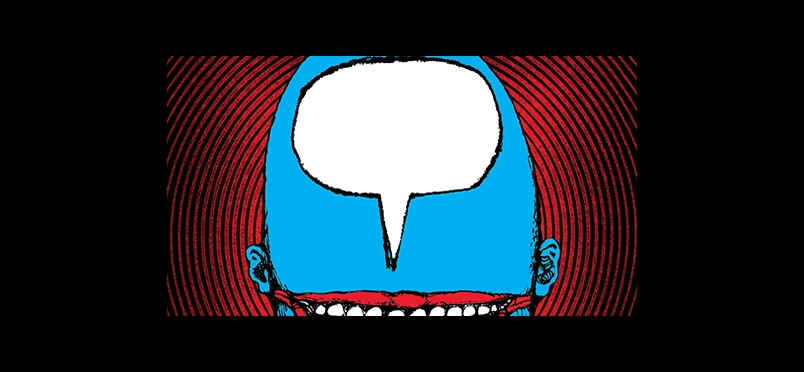| pain management
This Green-Spectrum Light Exposure Gets the Green Light

Another Tool for Multimodal Pain Treatment
There’s a new player in the multimodal, nonpharmacologic, opioid-sparing pain management arena: the antinociceptive effect of green-spectrum light exposure. This potential new tool in the fight against pain works with the knowledge that areas of affect and circadian rhythm are influenced by visually mediated cognitive and biological effects of specific color ranges of light. Lead investigator of the study, Padma Gulur, MD, a pain medicine specialist and director of pain management strategy and opioid surveillance for Duke University Health System, explained that “We’re comparing people who are exposed to different wavelengths of blue, clear, and green light to see which one is beneficial by measuring participants’ pain relief and response. We’ve had early results in pilot studies where green seems to help, so now we’re studying the role of the visual cortex in those signals, understanding which wavelengths are particularly useful, and looking at the reasons for this phenomenon.”
How might light lessen pain? How would the light be delivered to patients? The study continues, hoping to refine the science, target the visual cortex in the brain, and provide a personalized experience for each patient, most likely in a wearable technology. “The possible ramifications of this study are huge,” says Dr. Gulur, “…even if we see 50% of patients benefit from this therapy, then already it becomes something worth trying.”
Read the article.
Other Categories:
Did you enjoy this article?
Subscribe to the PAINWeek Newsletter
and get our latest articles and more direct to your inbox